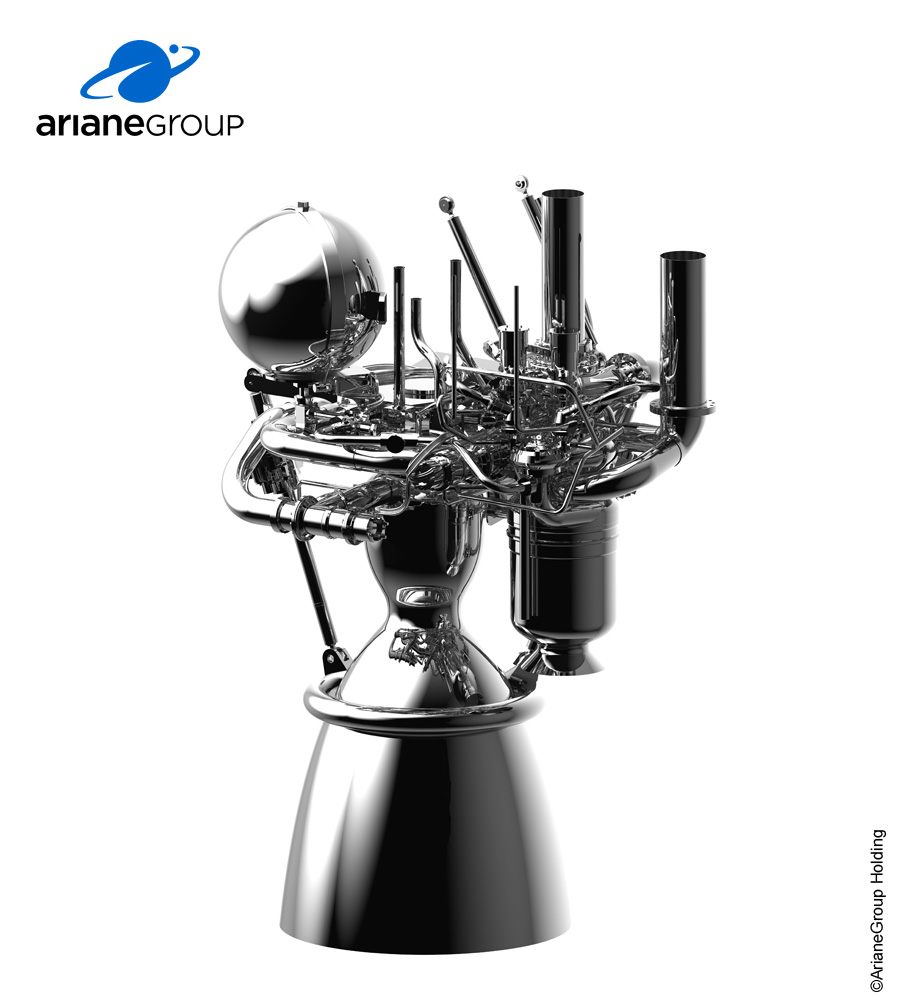The Ariane Group has signed a new contract with the European Space Agency for a next generation rocket engine.
The contract, signed on December 14th, will see the development of the Prometheus engine, described as “a very low cost engine” and intended for launches from 2030.
The economics of space are changing with enterprises such as Rocket Labs, Space X and Aerojet Rocketdyne aiming to produce launch vehicles that lower the cost of missions. Other companies such as Relativity Space are also using additive manufacturing as part of a vision of “scaling and sustaining an interplanetary society”.
The Prometheus engine will run on liquid oxygen and methane, and is expected to cost approximately 1 million euros. This is 10 times less than current rocket engines such as the Vulcain®2.
To achieve such a cost-saving Ariane Group will use, “an entirely new approach [including] the use of innovative design and production methods and tools.” Specific details of the production techniques are still under wraps, however the company has confirmed that 3D printing will be used – with the gas generator named as one of the 3D printed components.

Testing scheduled for 2020 at DLR
The contract was signed by Daniel Neuenschwander, Director of Space Transportation at the European Space Agency (ESA), and Alain Charmeau, CEO of ArianeGroup. It covers the design, manufacturing and testing of the first two examples of the Prometheus demonstrator.
Once construction is complete the Prometheus is scheduled for testing in 2020, using the P5 test bed of the German Aerospace Center (DLR) in Lampoldshausen, Germany.
The Prometheus engine marks a switch from previous propellants used by Ariane. The current liquid oxygen and liquid hydrogen combination will be replaced by a mix of liquid oxygen and methane. Other changes will include the “digitalization of engine control and diagnostics, and manufacturing using 3D printing in a connected factory environment.”
Nominate the best additive innovations in the the second annual 3D Printing Industry Awards now.
To be the first with all the latest 3D printer releases, subscribe to the free 3D Printing Industry newsletter, follow us on Twitter, and like us on Facebook.



